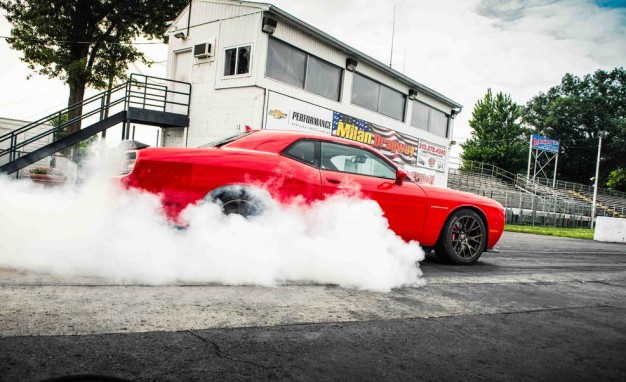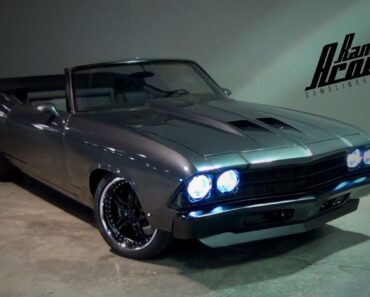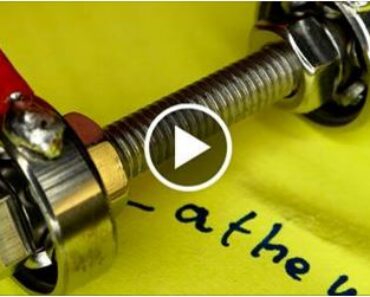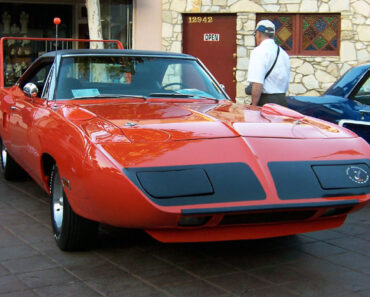Horsepower vs. Torque: What’s the Difference?
If you are a petrol head we are sure you have had this debate many times over. Here is one way to end the debate.
Although Yogi Berra was never famous for dwelling too much on how the engine works and its internal business his conclusion is that these two things are basically the same thing, but different. And even if this sounds kinda dumb in a way it is a simple and true short explanation of this “problem.”
The two measurements that are named torque and power are the easiest way to explain what the engines produce once we turn the key (or as of lately once we press the start button) and after we step on the accelerator pedal. In short this is how the magic happens, the engine sucks in air, and injects fuel in to the combustion chamber and then a spark ignites it all in an controlled explosion that pushes down the piston who turns the crankshaft which spins the transmission that thru the axes turns the tires and propels the vehicle forward. In physics terms, the potential energy stored in the fuel that is made by recycled formerly living organisms is thru the process of internal combustion changed into kinetic energy that moves us to where we need to go.
Now once we go deeper into the rabbit hole we come to these two definitions.
Energy is the capacity or power to do work, such as the capacity to move an object, in this instance a car.
Work is an activity of force acting over distance. In the US we measure a unit of work in (as well as energy) in the unit of Foot-Pounds. The other parts of the world use an International System (SI) that measures these in joules and in Newton-Meters.
Torque is basically a rotating force that in our instance is produced by the engines crankshaft. The greater the torque that the engine makes equals to a greater ability to perform work. We measure this like we said earlier in Pound-Feet and Newton-Meter, but remember the torque is a vector since it acts in a specific direction.
The exception to a rule is always there and in this case it the so called static torque. This is basically the force that you use when you are tightening a bolt using a wrench. In order to separate the static and dynamic torque the measurement used is oposit and its Foot-Pounds while the SI measurement stays the same for both and it is again Newton-Meter.
Power is basically how rapidly work is done. James Watt was an inventor from the 18th century who established the following equivalence; the power to lift 33,000 pounds on the height of one foot in exactly one minute is one horsepower. According to this the SI measurement for power is the Kilowatt.
Now let’s go back to Berra’s theory, according to it torque is the ability to do work, and power is how fast can that demanding task be performed. Or if you will power is the rate of one work is done (or the torque that has been used) at a specific amount of time. If you decide to use a math solution to the problem, then power will be equal to the torque that has been multiplied by the revolutions per minute. P=T x rpm/5252. The P stands for Power (horsepower or Kilowatt), T is for Pound-Feet or Newton-Meters and rpm off course stands for how many revolutions per minute the engine spins at, while 5252 is a constant that makes these units jibe. So this brings us to the following; in order for an engine to make more power, it needs to produce more torque, or spin at higher rpm, or do both of these things.
While these basic principles and definitions look great on paper, getting them to work in real engines is something totally different, and for most part, no easy task.
We all know that each engine has a working rpm range from idle all the way to the redline.
If we take a Dodge Challenger’s 6.2 liter Hellcat V8 engine and look around the specs we will see that the maximum power of 707 horses is produced at 6000 rpm, while at idle it makes a very small amount of power, which is basically sufficient to run the additional generator (AC pump, Power steering pump, and alternator). When the engine spins to the actual redline or at 6200 it actually makes a little less power at 700 hp. The maximum torque is delivered way bellow that as low as 4 000rpm.

The issue of precisely measuring the actual power and torque of an engine is something else indeed. In order to do this the crankshaft itself instead of being connected to a transmission, gets connected to a so called Dynamometer. In reality even this machine only measures the torque of the engine and the revolutions per minute, while the power is derived after using the formula above to calculate the outcome.
Most of these machines use ether magnets or water in order to oppose the vector of torque created by the engine. And since these loads are constant and precise, from them they can derive the torque that the engine has to move the load cell.
In a perfect world the manufacturers would be able to build an engine that has the same big flat torque curve all the way from idle to redline, but this is not so. In a simple explanation, the torque is a product that is proportional to the mass of air that is going thru the cylinders of the engine. Therefore bigger capacity engines breathe more air thusly producing bigger torque. If we add the forced induction methods to the equation which are the boosters-superchargers, turbochargers, we will see that by slamming more air in the cylinders they help the smaller engines act like their bigger brothers. Normally the more air we force into the cylinders we have to match with an appropriate quantity of fuel, but lately with the precise electronic fuel injection systems this is getting to be very easy.
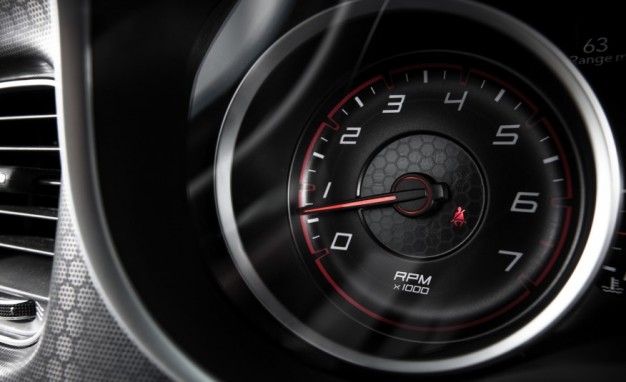
Although getting the right of fuel to air ratio has been something that comes easy this days, believe us the engineers are have plenty of hard work ahead of them before an engine is ready for the road. In high performance engines they always fight a battle of making the moving parts as strong and possible in order to withstand the huge forces that they are subjected to, while at the same time making them as light as possible in order to avoid inertia because that’s well bad. Getting the excess heat out of the motor and making sure everything is well lubricated are the additional complications that they face when power rises. If you add the battle with MPG and strict exhaust norms that is directly connected to making the flow of air from intake to exhaust as efficient as possible you start to understand the terrible task on their hands at their workplace.
After all of this you would be able to understand and appreciate how complex the whole issue is. They go hand in hand but they are kinda walking in different directions. So once again we cannot give you the winning answer to the whole deal.
The closest we can come to a decision is that although torque is vital in the operation cycle of every engine it is the horsepower that will determent which engine is good and which engine is great.

